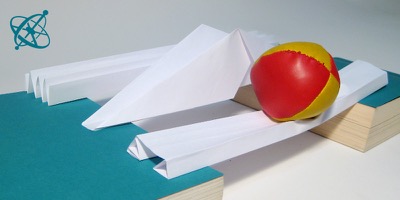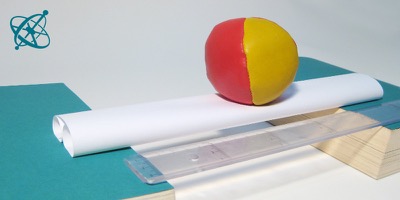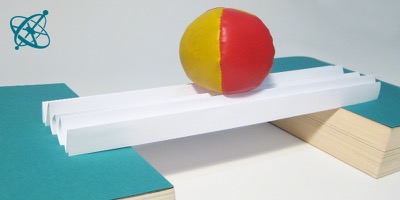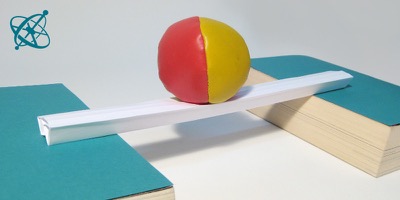 www.sciensation.org | Ciênsação hands-on experiments are published as Open Educational resources under a Creative Commons Attribution-ShareAlike 4.0 International License.
www.sciensation.org | Ciênsação hands-on experiments are published as Open Educational resources under a Creative Commons Attribution-ShareAlike 4.0 International License.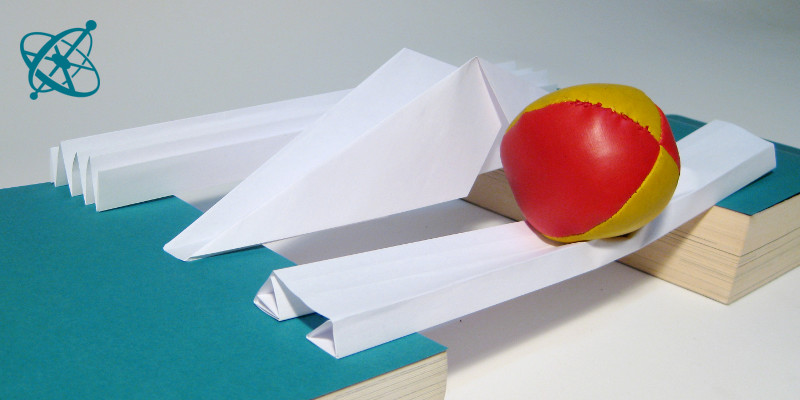
Who constructs the strongest bridge?
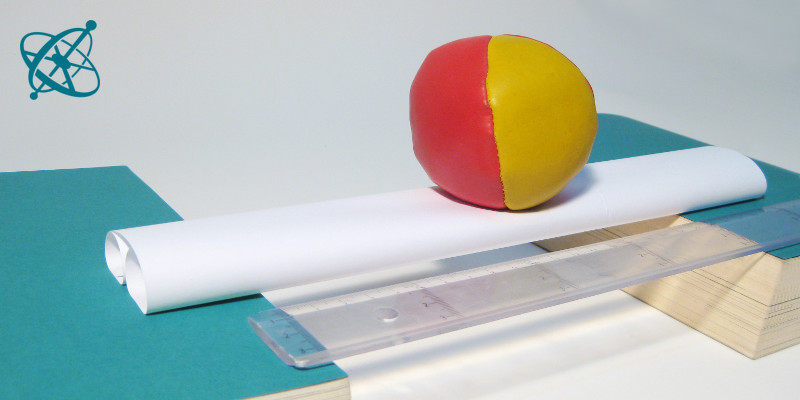
Your bridge should span a 20 cm gap…
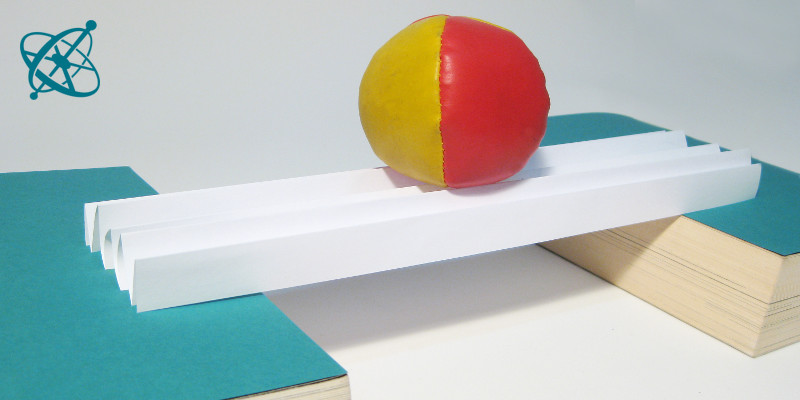
…and consist of a single sheet of paper.

The one that carries the greatest load wins.
Building bridges
It is one thing to see forces as arrows on a whiteboard, but it is something completely different to see them working on a structure you designed and built.
Bridges work by redirecting forces.
Understanding the difference between tension and compression forces.
Working as a team on engineering tasks.
Test weights, e.g. coins or toy cars
Show your students images of different bridge types, like beam-, arch-, truss- and suspension bridges. Discuss how the gravitational force from a load – such as a car on the bridge – is transferred to the ground by tension and compression in the bridge structure. Then hand out to each group 5 sheets of A4 printing paper while explaining the rules of the competitions. Before they begin, decide with them what weights you will use to test the bridges.
Competition rules:
Build a bridge from a single A4 paper sheet. It should span a gap of 20 cm. No sticky tape or other materials are allowed. You have 5 attempts. The bridge that holds the greatest load wins.
Is paper stronger under tension or under compression?
› Usually tension.
So why bother with compression forces?
› Since you cannot fix the bridge ends to the ground, you need to work with compression forces to prevent the paper from sliding of the edges.
Does folding or rolling increase the papers resistance to tension or compression?
› Compression.
Which part of a bridge should be under tension and which part under compression?
› There is no universal answer to this, that is why there are so many different bridge designs in the world.
The photos above show merely some possible designs, your students might well come up with better solutions. While walking from group to group, you could ask individual team members how tension and compression forces act in their construction.
